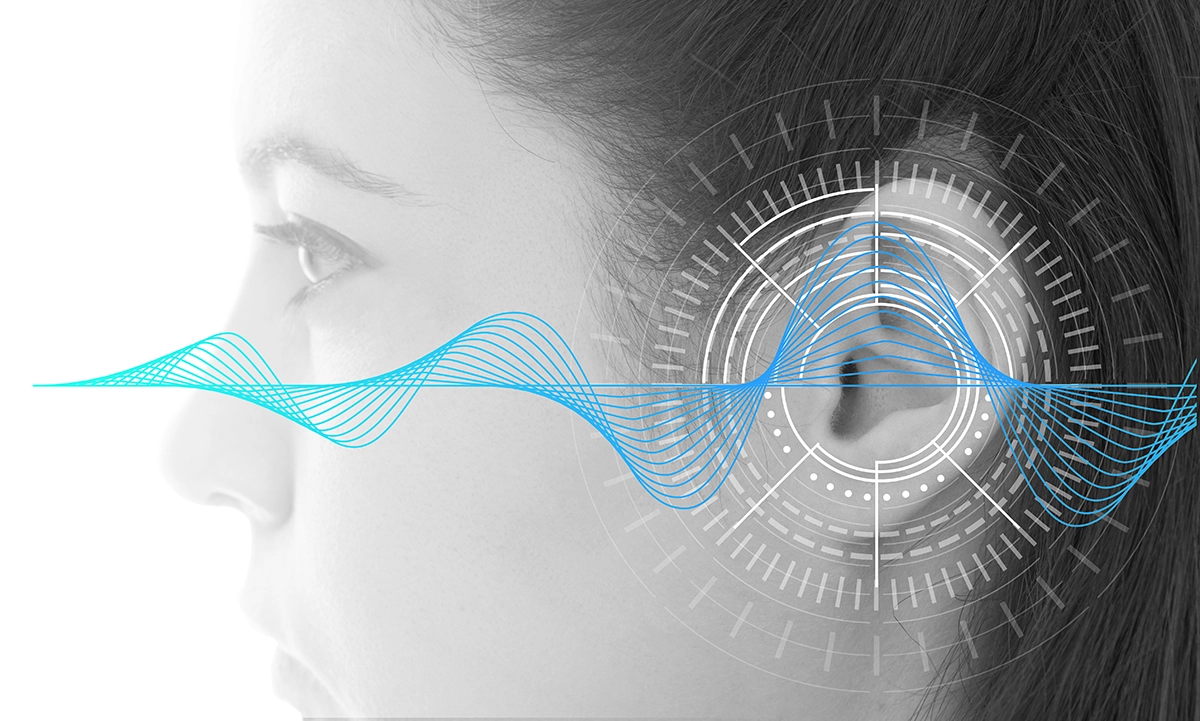
Hearing aids have come a long way from their humble origins as simple sound amplifiers. Today’s prescription hearing aids are more discreet, powerful, and equipped with highly effective communication features that make daily interactions effortless. In this guide, we look at some of the most life-changing hearing aid technology available today, and the incredible impact these features have on improving daily life for those with hearing loss.
Learning about these major technological advancements and the life-changing benefits they can provide is an essential step in finding the personalized hearing loss solutions you deserve.
13 Things You Need to Know About Hearing Aid Technology
Modern hearing aid technology provides an enriching listening experience. But did you know they also aid in daily interactions and promote a more active and independent way of life. Below, we list everything you need to know about hearing aid technology. Plus, we list the many benefits these advancements provide people with hearing loss.
1. Digital Signal Processing (DSP)
The integration of digital signal processing (DSP) technology with hearing aids (digital hearing aids) in 1996 marked a pivotal shift in hearing loss treatment. In fact, DSP continues to advance to this day. Plus, it’s the foundation that makes many of the hearing aid technologies listed in this guide possible. DSP transforms sound waves into digital signals (data), and then analyzes, processes, and optimizes the signals to match your individual hearing requirements. This entire process occurs in real-time, adjusting sounds almost instantly. This provides you with a natural and seamless listening experience, even in the most challenging listening environments. As a result, DSP sets today’s digital hearing aids apart from their analog predecessors with improved sound quality, comfort, and adaptability in different listening situations.
2. Adaptive Directional Microphones

Advancements in hearing aid directional microphone technologies have also played a major role in modern hearing loss solutions. Traditional hearing aid microphones (omnidirectional microphones) capture sounds for all around you. Adaptive directional microphones, on the other hand, allow you to focus on specific sounds from a precise direction.
In loud environments, adaptive directional microphones mimic the natural way our ears focus on a singular sound, such as someone’s voice. This makes it easier for you to hear them clearly when they talk to you. Not only can adaptive directional technology amplify specific sounds coming from a particular direction, but it can also adjust the microphone’s direction and amplification based on your settings. As a result, you can move seamlessly between places with varying noise levels, and easily switch focus directions in order to continue conversations without missing a beat.
3. Noise Reduction Algorithms
Many modern digital hearing aids incorporate sophisticated noise reduction algorithms designed to identify and suppress disruptive background noises. These sounds could be the hum of an air conditioner or the bluster and commotion in a busy restaurant. The algorithms work by lowering the amplification of frequencies associated with background noise while amplifying the frequencies relevant to sounds like speech.
4. Feedback Reduction Algorithms
Similarly, many of the hearing aids available today also use various techniques to minimize and eliminate feedback noises. When the hearing aid detects a potential feedback loop, it takes corrective action to prevent it from developing into an audible noise. One of the most effective methods for feedback reduction is phase cancellation. When the hearing aid detects feedback, it introduces an opposite-phase sound wave (anti-phase) to cancel out the feedback frequency. And it does this all without affecting the overall amplification of the focused sounds.
5. Rechargeable Batteries
The introduction of rechargeable batteries represents a significant advancement in hearing aid technology, offering more convenience and less worry for many people. Rechargeable hearing aids eliminate the ongoing expense of frequent battery replacement, and the worry of always needing backups just in case. Instead, you can simply charge your hearing aids overnight, and enjoy the convenience of having a full battery and up to 51 hours of use from some newer devices.
In today’s world, where smartphones and other electronic devices require routine charging, the transition to rechargeable hearing aids is natural. Many rechargeable hearing aids even come with charging cases. These cases provide a safe and convenient storage space while also keeping your devices charged when not in use.
6. Discreet Hearing Aids
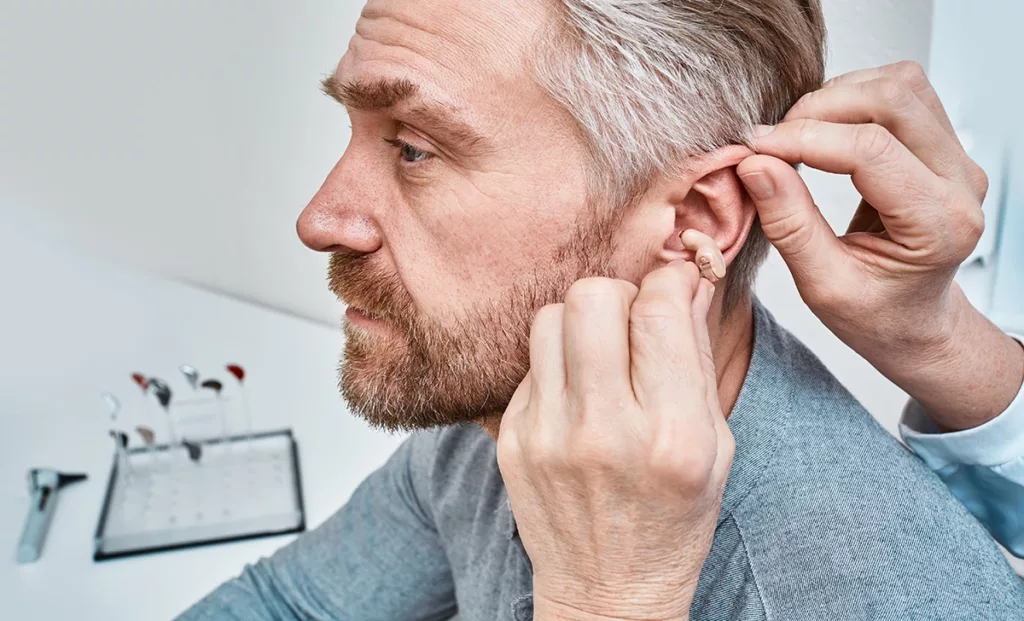
While most prescription hearing aids utilize some of the most advanced technology, many of these devices are also smaller and more discreet than ever before. Discreet hearing aids aim to be as inconspicuous as possible when worn while still providing effective hearing assistance.
Smaller digital signal processors, microphones, and receivers enable hearing aids to house these advanced technologies while still remaining small enough to be as discreet as possible. They are typically smaller in size and custom fit to sit comfortably inside your ear canal. In fact, many models are virtually invisible to others.
7. Custom Hearing Aid Settings
Another crucial development in hearing aid technology is the introduction of customizable settings designed to adapt to your unique needs. Most hearing aids come with several pre-programmed settings. As a user, you can then switch between settings either automatically or with a simple press of a button to best suit your surroundings. If you require extra volume amplification in certain situations or environments, hearing aids with customizable settings could be the perfect solution.
Custom hearing aid settings function exactly like default settings, but they can be personalized to your exact needs. This flexibility allows you to optimize your hearing aids for specific situations. This way, you can engage comfortably in conversations and activities without interruption.
8. Bluetooth Hearing Aid Technology
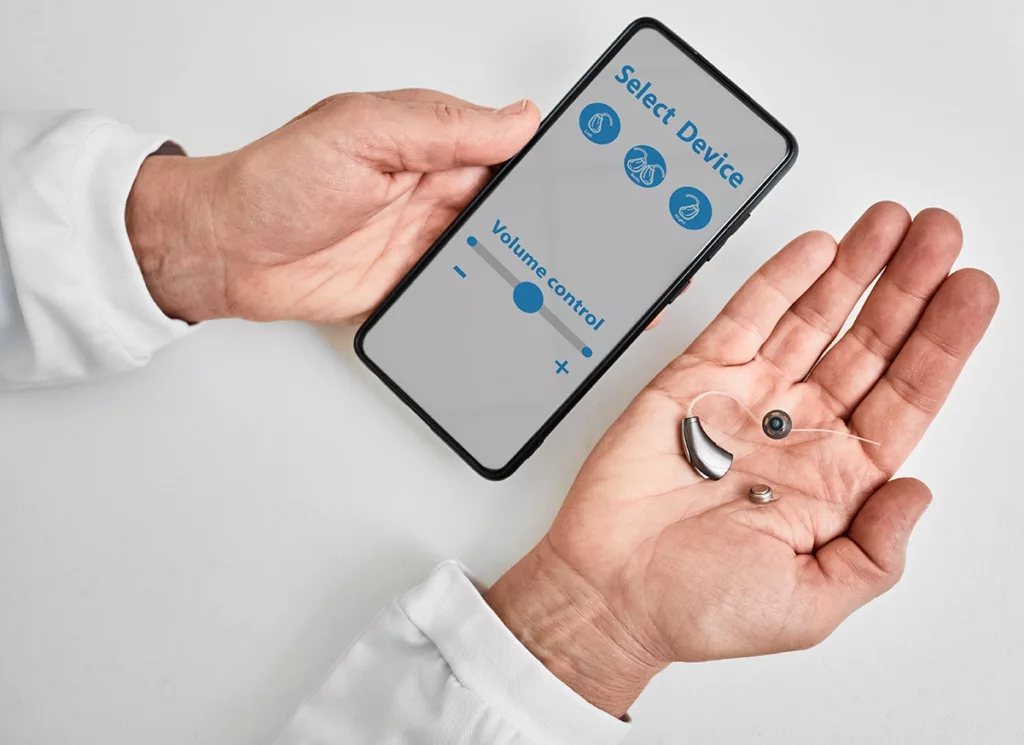
Another recent leap in hearing aid technology is the introduction of Bluetooth wireless connectivity. Bluetooth hearing aids can sync with various devices, transforming them into versatile tools that extend beyond hearing assistance. With Bluetooth connectivity, your hearing aids can stream audio directly to your ears from your entertainment devices. Since the audio plays directly through your hearing aids, this feature provides an enhanced sound quality, a more immersive listening experience, and no feedback or ambient noise.
9. Smartphone Connectivity
The integration of Bluetooth technology and hearing aids has also led to remarkable advancements including being able to connect directly to your smartphone. Hearing aid smartphone connectivity provides ultimate user control and convenience. You can easily adjust volume levels, switch between custom settings, and check battery life right from a cell phone app.
Furthermore, you can even utilize your hearing aids to take phone calls and enjoy crystal-clear phone conversations without struggling to hear what’s being said. Some devices even offer fully hands-free phone calls as well. They use the microphone in your hearing aids to allow for seamless two-way communication.
10. Wireless Hearing Aid Accessories
Beyond the convenience of connecting to smartphones and other personal devices, Bluetooth technology also enables you to utilize various wireless accessories as well. Most wireless hearing aids accessories are incredibly easy to use and provide a strong and consistent connection for high-quality sound even at a distance. Some of the most popular wireless hearing aid accessories include:
- TV Streamer: play audio from your television or other electronic audio source directly to your hearing aids.
- Table Microphone: designed to pick up specific voices amidst a crowd of people and background noise and amplify conversations through your hearing aids.
- Clip on Microphone: clip onto the clothing of the person you’re talking with to clearly hear them more clearly directly through your hearing aids.
- Remote Controller: make volume adjustments and switch hearing aid settings without disrupting ongoing conversations or activities.
11. Health and Safety Support

A few of today’s hearing aid apps have health and wellness features to help support an active lifestyle. Hearing aid smartphone apps like Thrive Hearing Control, My Audibel, and Hear Share are extremely user friendly. Plus, they allow you to take full control of your hearing experience and well-being at the click of a button:
- Health Tracking: Effortlessly track your daily activity levels and fitness milestones and even share it with loved ones, caregivers, or your healthcare provider.
- TeleHear: Connect directly with your hearing care provider to share health data, schedule appointments, troubleshoot hearing aid issues, and adjust your devices remotely.
- Fall Detection: Automatically alert loved ones or emergency services in the event of a fall, medical episode, or accident.
12. Artificial Intelligence (AI)
With the emergence of Artificial Intelligence (AI) technology some modern hearing aids can now learn and adjust based on your preferences and environments. AI-equipped hearing aids analyze incoming sounds even faster than a human brain and adapt in real-time, enhancing speech clarity while minimizing background noise. These revolutionary hearing devices can also make millions of automatic adjustments per hour, so you don’t even need to make manual setting adjustments anymore.
13. Real-Time Language Translation
Some of the most recent advancements in hearing aid technology go beyond just improved communication and eliminate language barriers as well. The cutting-edge Thrive Hearing Control app, and the My Audibel app are both equipped with real-time language translation features, capable of translating up to 27 languages instantly.
Simply speak into your smartphone and the app will translate your words to the language of your choosing. When the system detects a foreign language, it translates the words to your primary dialect, which you can play audibly through your hearing aids.
See What the Latest in Hearing Aid Technology Can Do for You
With so many ways hearing aid technology can enrich your life, there’s never been a better time than now to find the best hearing loss solution for your needs. Hearing loss is often gradual and can sneak up on you. You may not even realize how much you’re missing every day.
The specialists at any of the Audibel hearing clinics located across the nation are here to help. We can help you find personalized hearing loss solutions and the very latest in hearing aid technology to support your needs, lifestyle, and budget. Begin your journey to better hearing today!

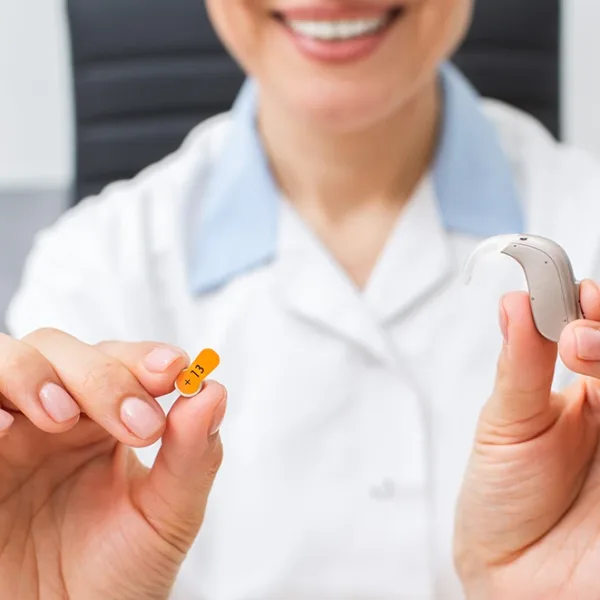
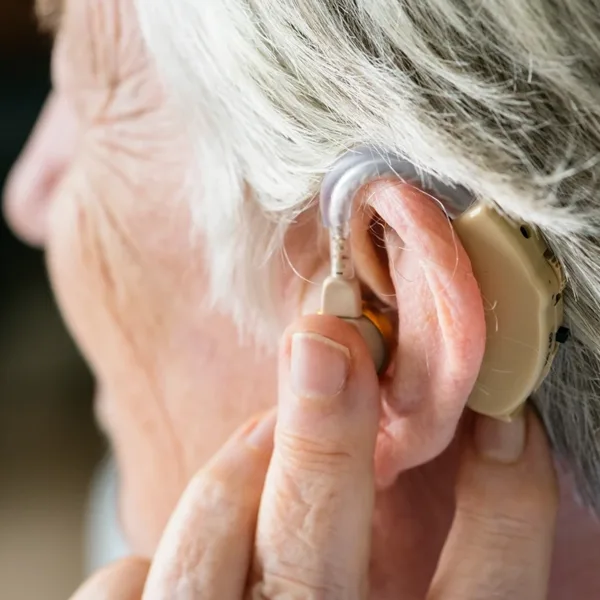
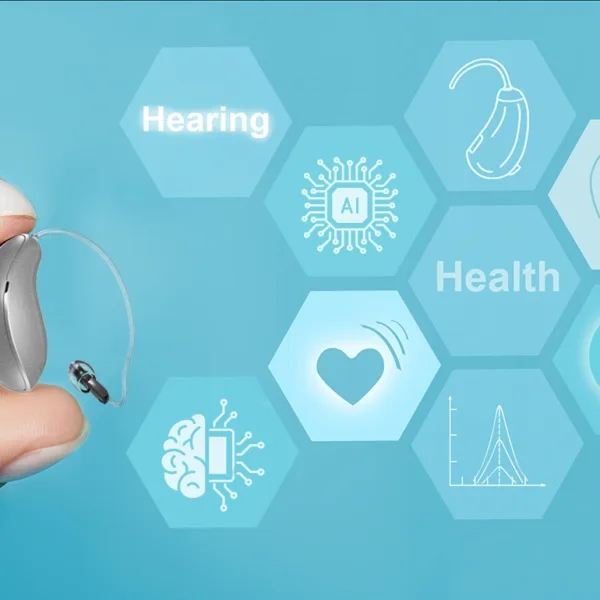



Have a question or Comment?